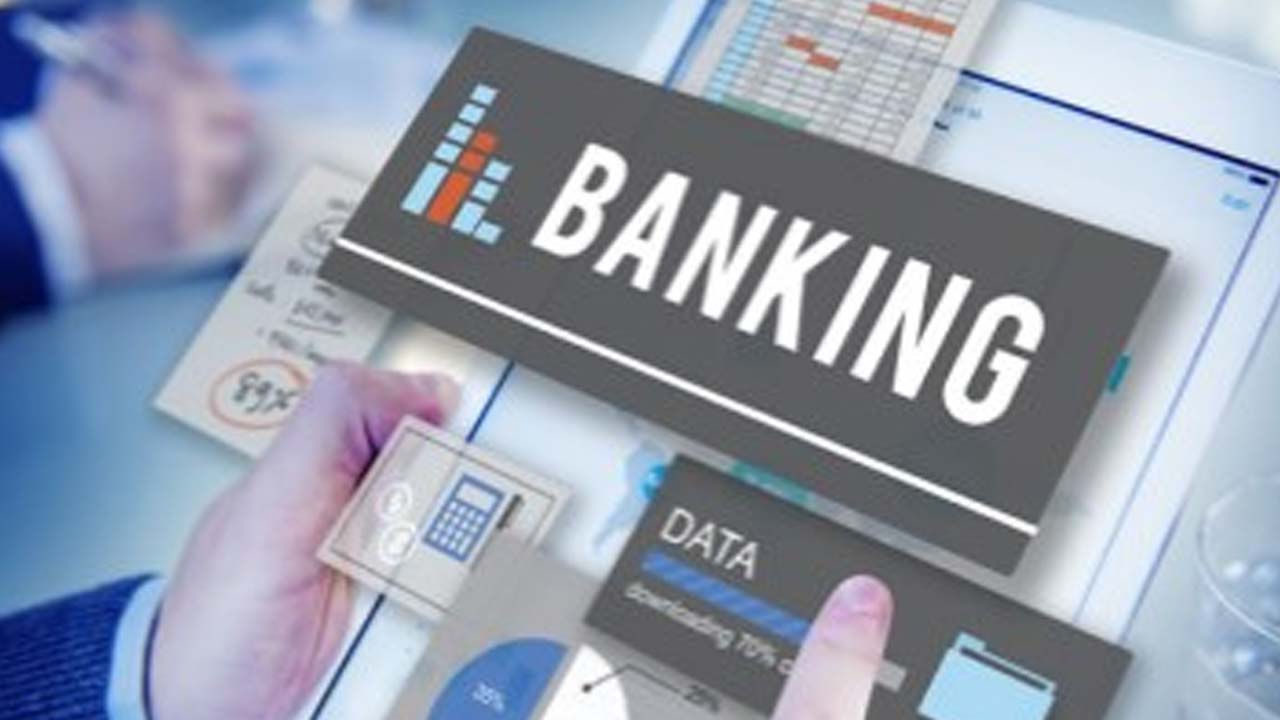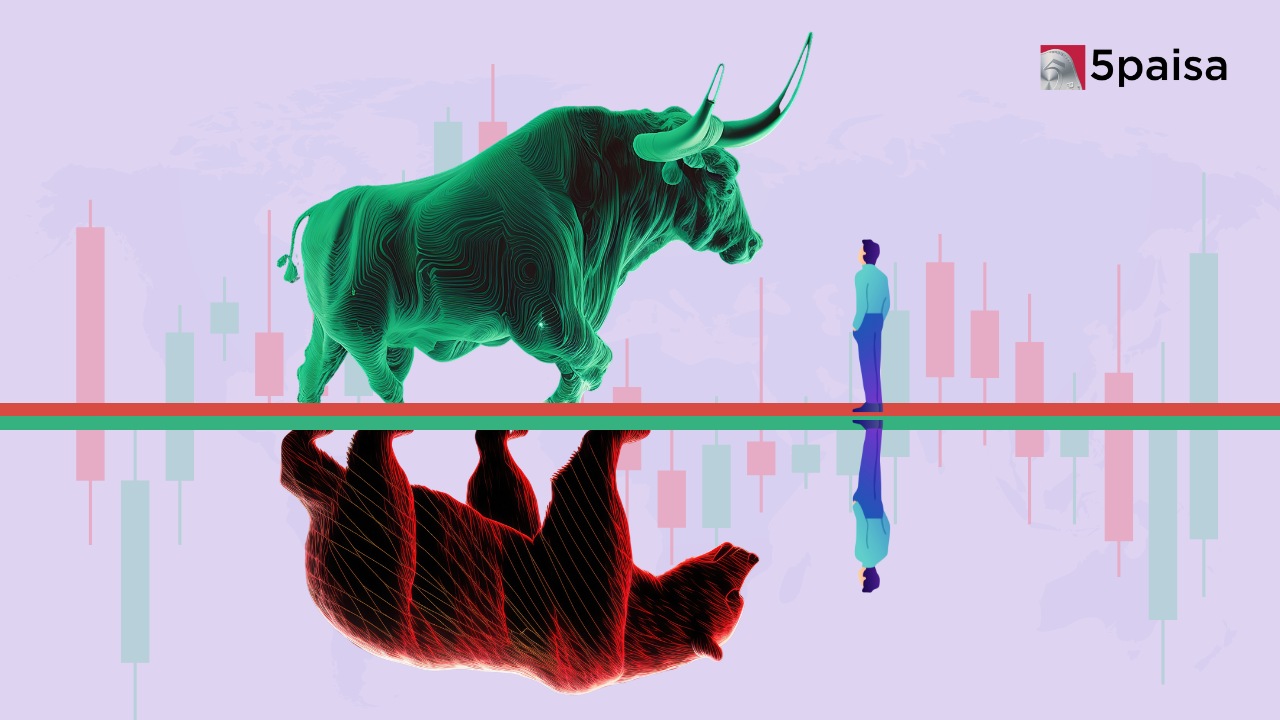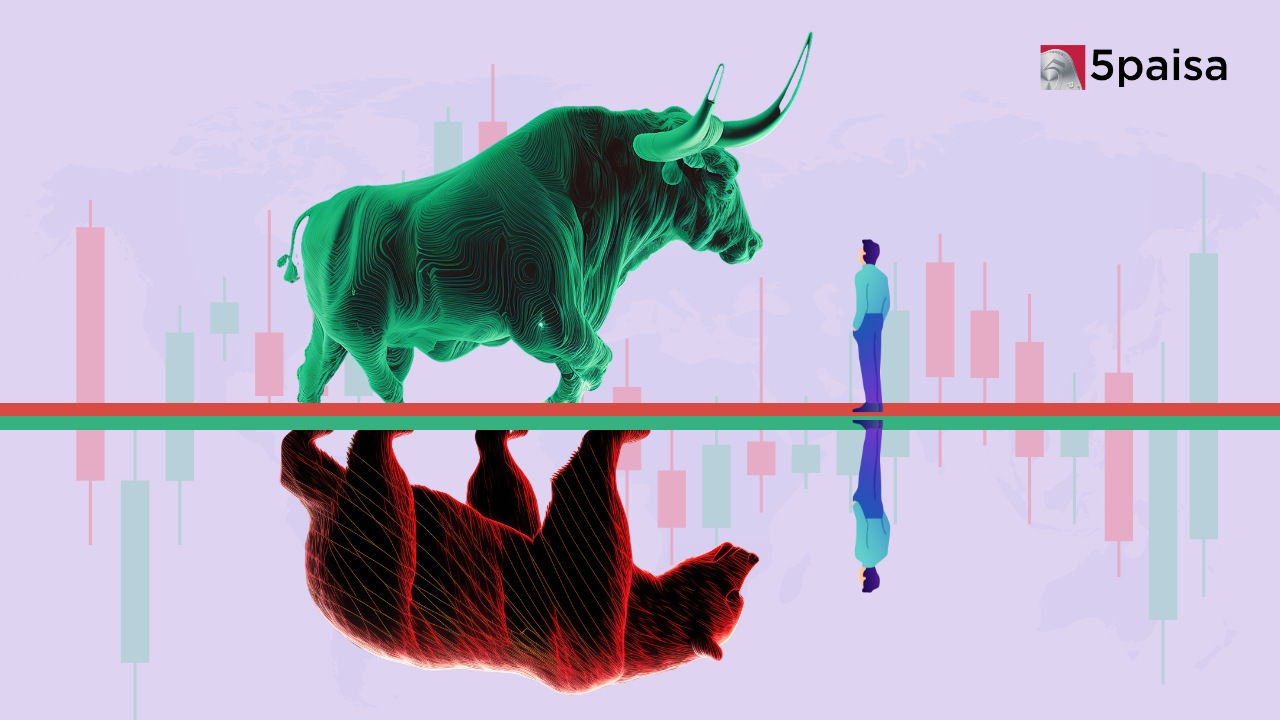Banking Sector: Brighter prospects in the years ahead

Last Updated: 10th December 2022 - 05:56 pm
The Indian Rating and Research revised the outlook on the banking sector to 'Improving' from 'Stable' for FY22-23
Globally, the banking sector held up well throughout the pandemic, thanks to extraordinary policy initiatives by central banks and governments. Higher capital, better liquidity buffers, and lower leverage enabled them to absorb the pandemic's shock. Measures such as a moratorium on loan payments, a halt in asset classification, loan restructuring, and dividend payout restrictions relieved stress while allowing banks to continue to lend to productive sectors. The earnings outlook has improved as a result of lower credit costs, improved asset quality, and higher top-line growth. The RBI announced a 50 bps repo rate hike in its monetary policy meeting, following a 40 bps rate hike last month, signalling its serious intent to rein in soaring inflation. Fitch Ratings on having revised the rating outlook to “stable” from “negative” for eight India-based banks, including SBI, ICICI Bank, Axis Bank, Bank of Baroda, Bank of India, Canara Bank, Punjab National Bank, Union Bank of India.
Outlook
The Indian Rating and Research revised the outlook on the banking sector to Improving from Stable for FY22-23. Furthermore, it is supported by strengthened balance sheets and an improving credit demand outlook. About 74% of FDI is permitted into the private banking sector (up to 49% under the automatic route and 74% with government approval).
The NBFC sector is expected to remain buoyant as vaccination rates increase and the economy broadens. The financial system is transitioning from a bank-dominated environment to a hybrid environment in which nonbank intermediaries are gaining prominence. The sector's developments in 2020-21 foreshadow even brighter prospects in the years ahead. Bank credit growth is expected to accelerate further as the effects of pandemic-related disruptions fade. In addition, the demand improves for Emergency Credit Line Guarantee Scheme (ECLGS) scheme.
The Indian banking sector is expected to be the world's third-largest domestic banking sector by 2050. Around 420 million bank accounts were opened under the GoI Pradhan Mantri Jan Dhan Yojana, and deposits in Jan Dhan Yojana accounts totalled $18.4 billion. The government has also allowed credit cards to be linked with UPI, allowing users to pay with credit cards using UPI in the future. The RBI also released its 'Payments Vision 2025' document, which aims for a threefold increase in digital payments, an increase in debit card usage, and less cash in circulation.
Financial Highlights
The total market cap of the banking industry is around Rs 29 lakh crore. The top five banks hold 75% of the market share. Industry total Net sales have increased by 2.04%. Also, the Operation profit has jumped by 171%. The Industry Profit After Tax (PAT) has increased by 52.59% on a yearly basis. Retail term deposit rates have risen across the board, but not proportionate to repo hike. The wholesale term deposit rates have witnessed the sharpest spike. The savings rate hiked was done only by Kotak, IDFC and Federal bank. Kotak bank has taken a lead by increasing savings rate by 50 bps to 4% for deposit balances more than Rs 5 million. Following the outbreak of the COVID-19 pandemic, equity markets in India fell precipitously, mirroring global cues. Banking sector stocks took a beating, reflecting investor concerns about the sector's financial health, though the impact was not uniform across banks and bank groups. Following that, stock prices recovered in response to policy measures initiated by the Reserve Bank and the Government of India.
HDFC Bank leads the credit card market, followed by SBI and ICICI Bank. Meanwhile, SBI leads the debit card market, followed by Paytm Payments Bank and Bank of Baroda. In India in January 2022, there were over 940 million active debit cards. This figure was significantly higher than the number of credit cards issued that month, which was estimated to be around 70 million. Bank credit growth will accelerate further as pandemic concerns recede. Bank credit increased by double digits, indicating a recovery from the pandemic.
Bank NPAs have mostly bottomed out, and the trend is expected to continue. Credit costs are expected to remain moderate with the help of other solutions and existing provision buffers. Overall, this quarter saw the continuation of healthy business momentum, with asset quality improving. In terms of loan growth, HDFC Bank outperformed its comparable peers, while Kotak and IDFC First Bank also had a strong loan trajectory. In an environment characterized by low credit offtake and interest rates, banks' total income remained stable, despite a marginal decline in its largest component, interest income. The drop was mitigated by a significant increase in investment income. Trading income increased as banks booked profits on falling G-Sec yields.
- Performance Analysis
- Nifty Predictions
- Market Trends
- Insights on Market
Trending on 5paisa
Market Outlook Related Articles
Disclaimer: Investment in securities market are subject to market risks, read all the related documents carefully before investing. For detailed disclaimer please Click here.
 5paisa Research Team
5paisa Research Team
 Sachin Gupta
Sachin Gupta




